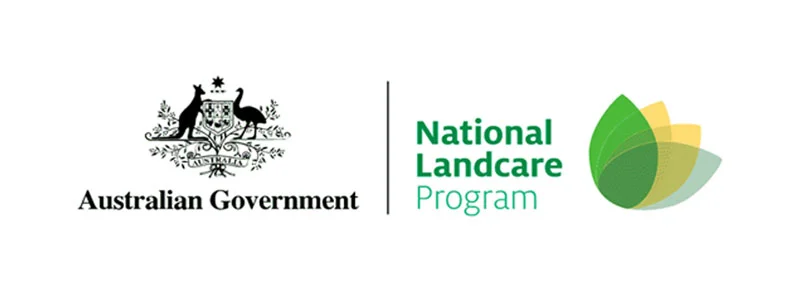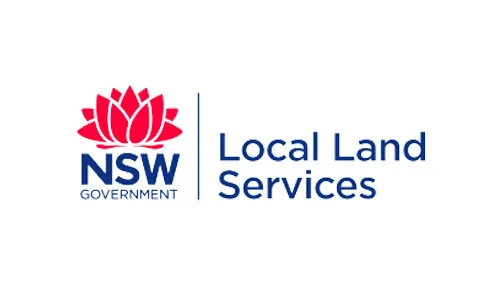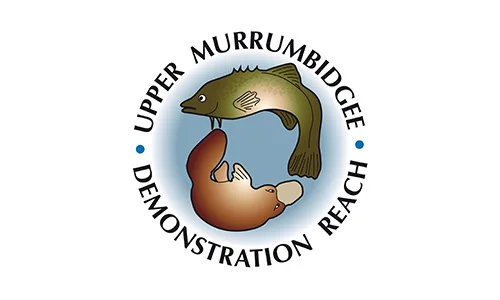Large scale bushfires are devastating and their effects may continue to be felt many years later. For our river landscapes, bushfires can cause big disturbances which exacerbate existing, or create opportunities for new weed incursions. Getting on top of these weeds can be a process that takes years, placing an added burden on communities that have so much to do on the slow road to bushfire recovery!
Blackberry is one weed that will surge after bushfire. Their deep root systems are protected from fire so they will resprout vigorously, outcompeting native plants as they recover, even if the top of the blackberry plant is completely burnt. This is a situation we are seeing in the Bumbalong Valley (NSW) which was directly and heavily impacted by bushfire in February 2020. Valley landholders are also seeing new blackberry plants springing up as the weed is transported by animals through the post-fire landscape. If left uncontrolled, these blackberry plants can develop into large infestations which degrade property access and impede management, as well as negatively impacting on biodiversity and river health.
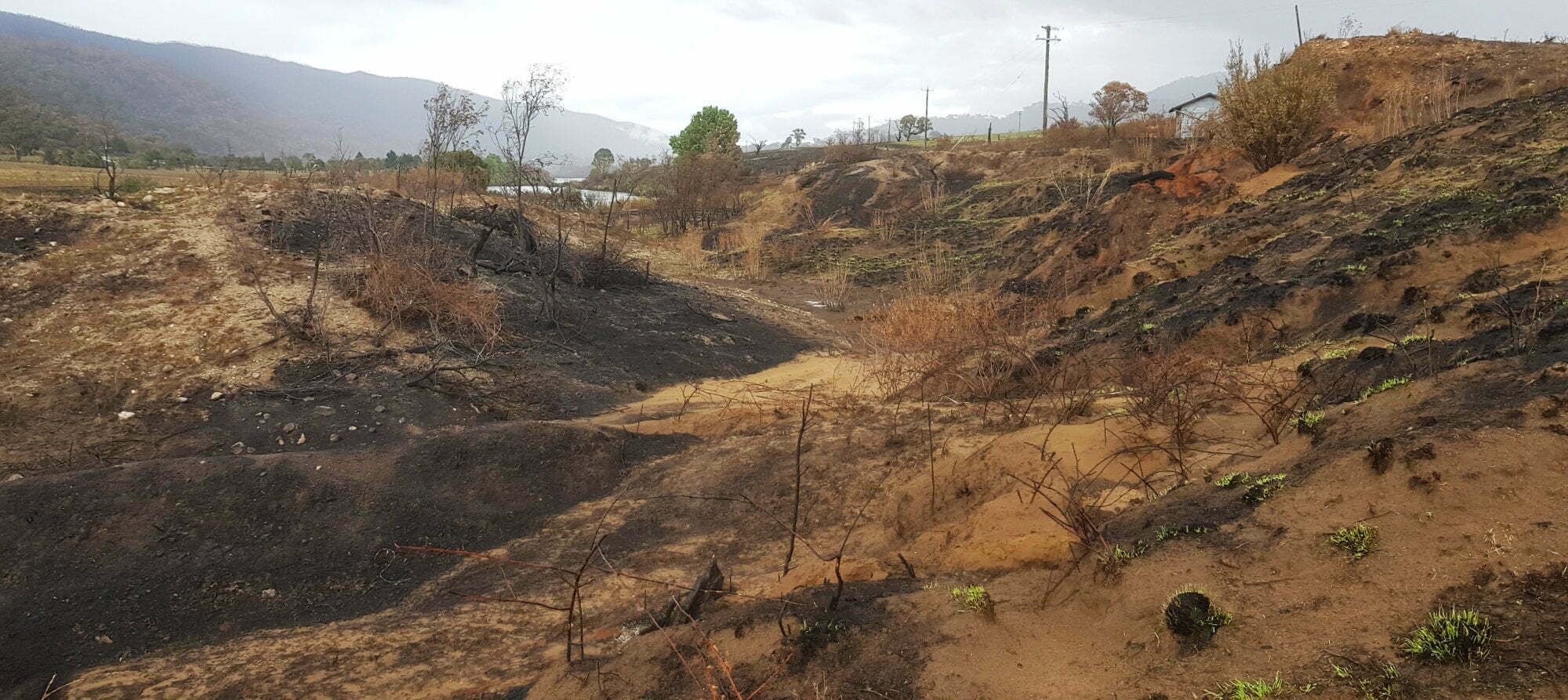

Supported by the South-East Bushfire Recovery Program, Rivers of Carbon is working with Local Land Services (LLS), the Upper Murrumbidgee Demonstration Reach (UMDR) and the Snowy Monaro Regional Council (SMRC) to support landholders in the Bumbalong Valley to get on top of blackberry infestations and build capacity to put in place the most efficient weed management programs post-fire.
To discuss these issues we held an April field day on the banks of the Murrumbidgee River at the northern end of the Bumbalong Valley with Leon Miners (Senior NRM Advisor with LLS), Angela Sharp (Biosecurity Extension Officer, SMRC) and myself (Antia from Rivers of Carbon Upper Bidgee and the UMDR project officer) to enable local landholders to ask questions and get support in managing blackberry on their place.
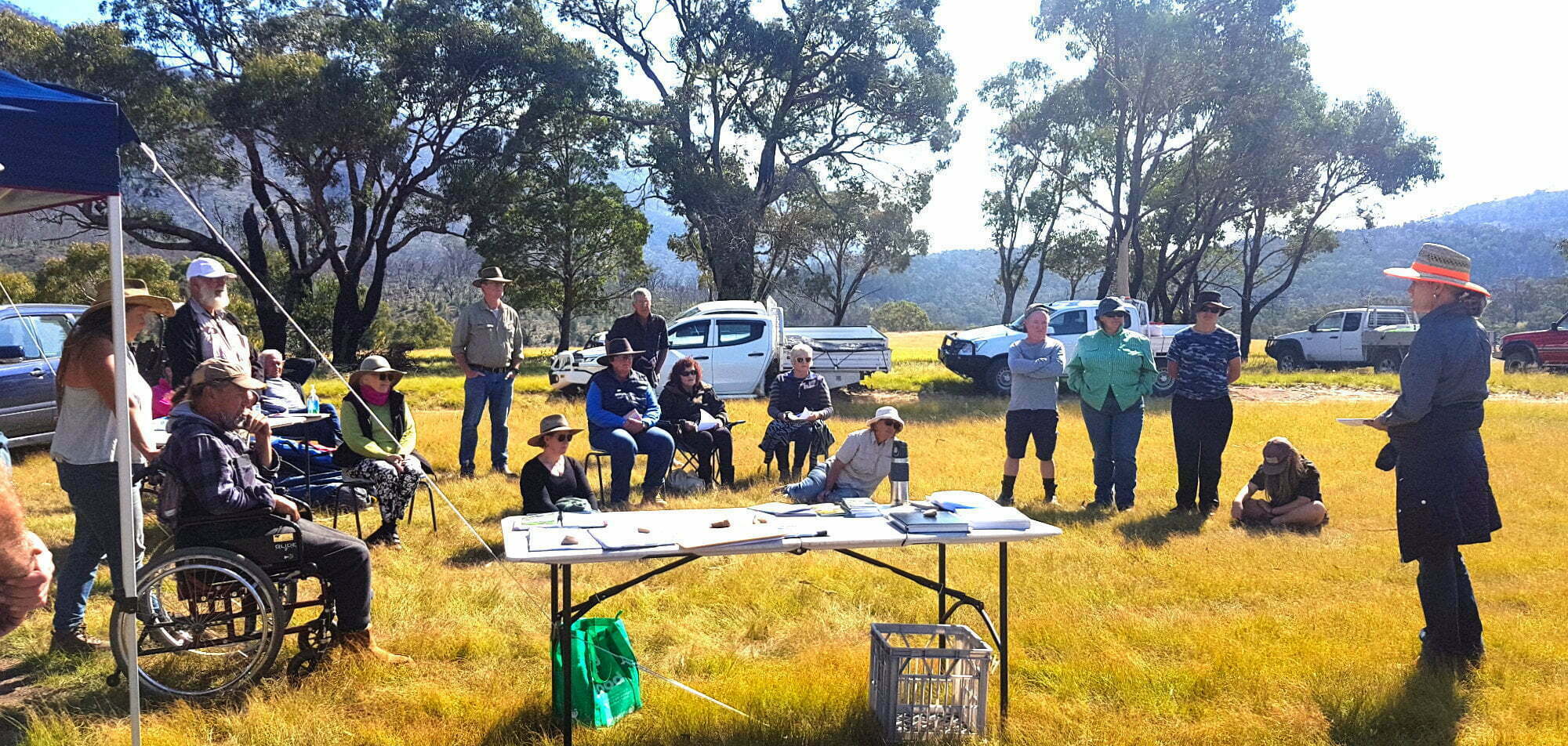
Angela was one of our speakers and she highlighted that blackberry are a Weed of National Significance and that it needs to be controlled accordingly to regional and local weed plan directives. There are various methods of managing blackberry, and if landholders choose to use chemical control methods, it is important that they are clear about what chemical can be used where, the best times to apply it and specific measures they need to put in place to keep themselves, the environment and others safe. The best approach is to complete a chemical use and handling course, as well as checking in with your local council biosecurity officers about the approaches they recommend.
After the workshop introduction we took a short walk through recovering bushland down to the river, where we went through a typical blackberry control program. We were able to show landholders how to use chemicals with water and dye, and demonstrated some important issues around effective spray technique.
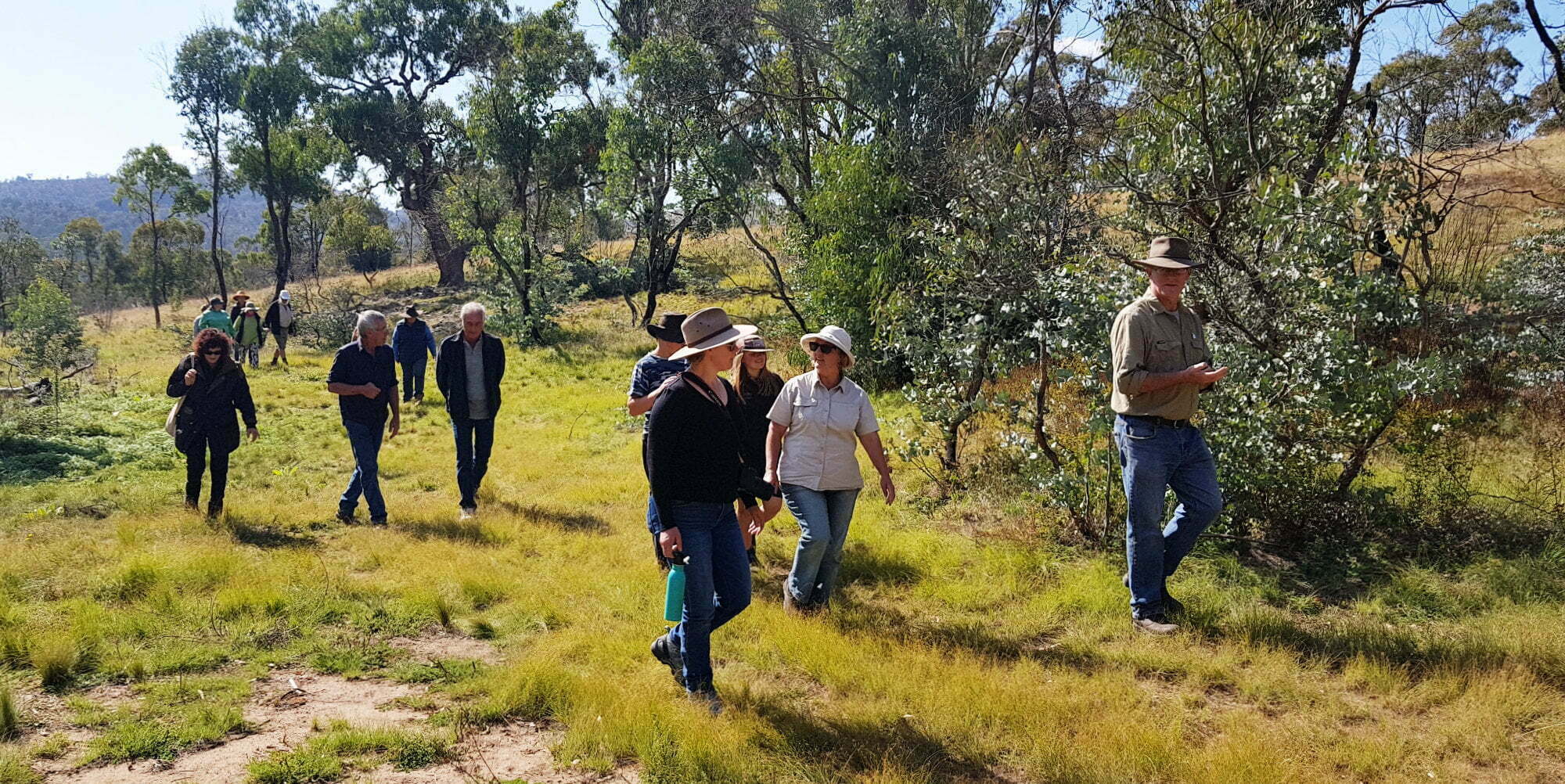
The most important message of the day was that because of the blackberry’s large root system, repeated control is required until the whole root system is exhausted or killed. A key feature of the blackberry is that when it is stressed the roots can compartmentalise, which means part of the plant is able to survive when another part is under attack.
Leon Miners talked about the need for landholders to be aware that if using chemical control methods, a three year control program is the minimum effort required to effectively get on top of large blackberry infestations.
In the first year this involves spraying out the infestations, making sure to spray the plant when it is actively growing and following every runner going out from the plant (these runners put down roots and grow a new plant wherever they touch the ground).
In the second year, regrowth is likely as the plant regenerates from the surviving root system or from seed. At this stage the plant will have only juvenile leaves and these do not provide sufficient surface area to uptake chemical if sprayed. This means that landholders need to hold off on undertaking further control.
In the third year follow up needs to occur, as this is when large, mature leaves can be seen and flowers are produced. By re-spraying at this time, you can ensure that enough chemical enters into the plant to kill the remaining root system and hence provide effective control.

Landholders can feel discouraged when regrowth is as large as the original infestations, but if following the approach recommended by Leon, after three years the weed should be under control – the key is to then keep on top of any young plants that manage to survive and getting rid of them quickly. Ideally blackberry need to be controlled early and using physical methods such as grubbing are a great way to do this.
Leon and Angela also noted special considerations for blackberry control in riparian and river corridors, which are sensitive ecosystems where extra planning and precautions are needed to ensure off target vegetation and aquatic habitat is not impacted. Leon demonstrated some spray techniques that can be used in these more sensitive areas (using a mix of water and dye only!), showing how things like droplet size, rates of coverage and preventing chemical drip from leaves can significantly reduce negative impacts on the surrounding environment.
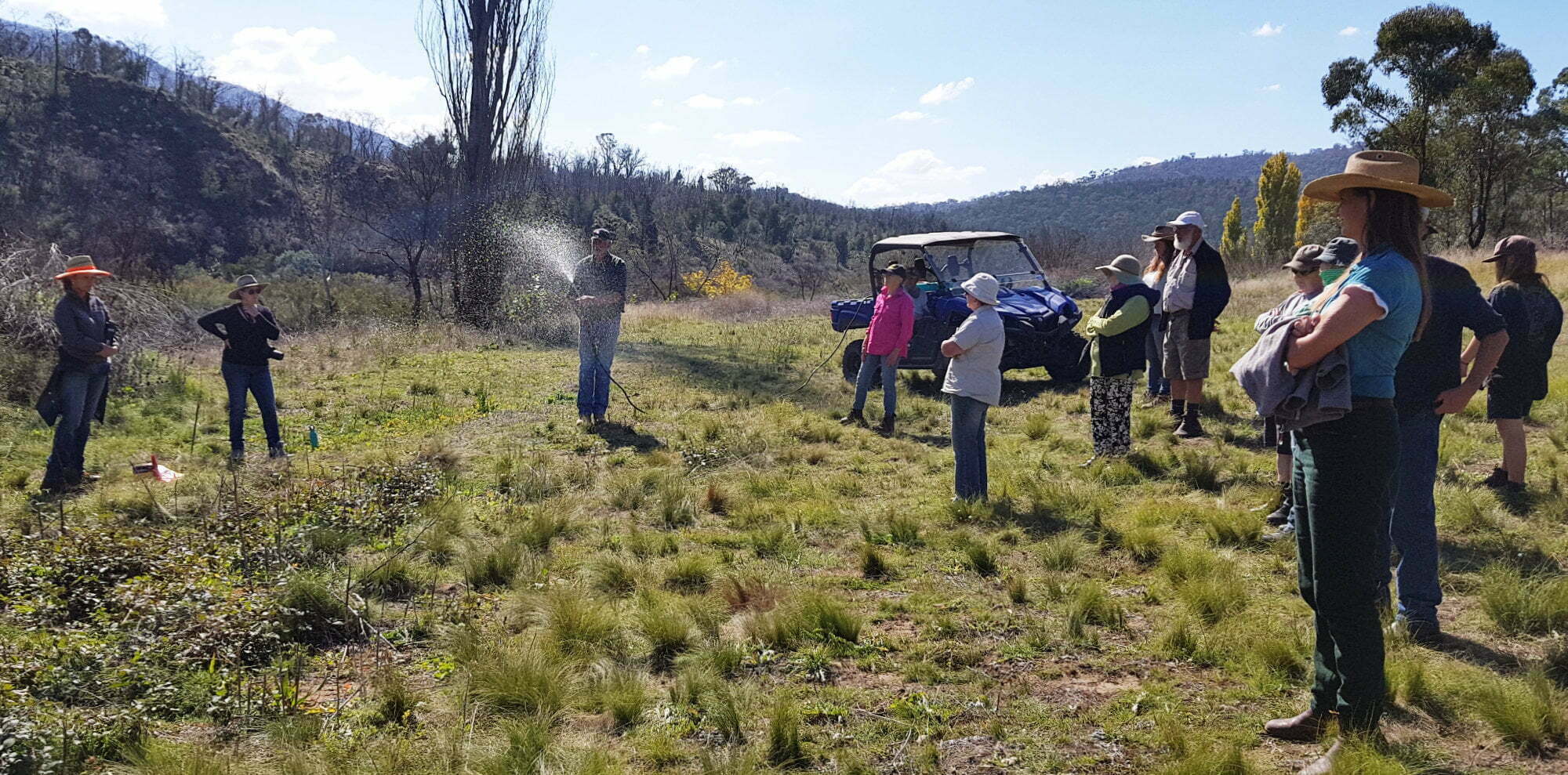
Thanks to Mike and Alice McAuley for hosting the day and the Bumbalong valley community for turning out- it was a great opportunity to get together and catch up!
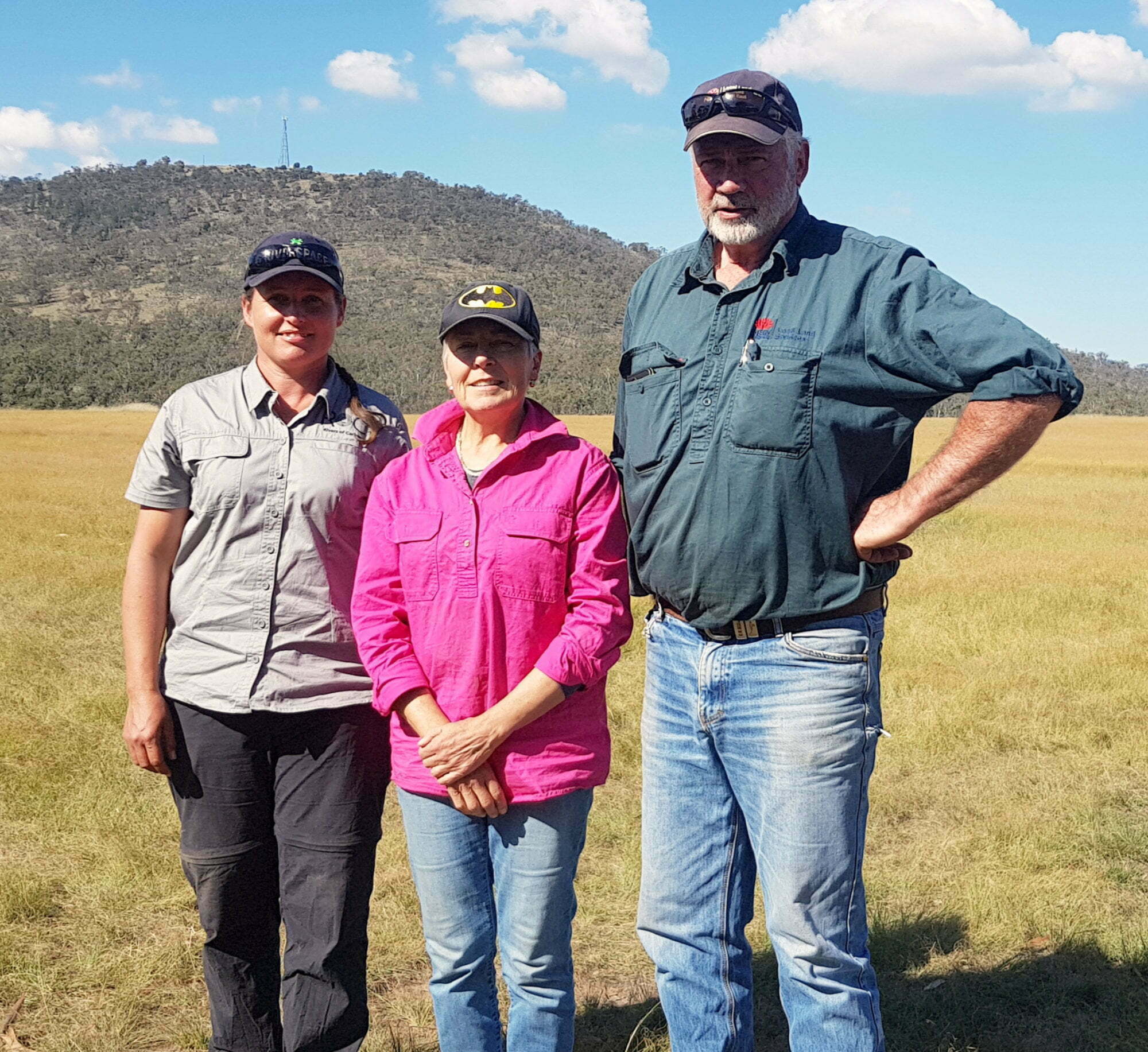
This project has been funded through the South East Bushfire Recovery Funding initiative from the New South Wales Government.

Managing blackberries around waterways
The Rivers of Carbon Blackberry Guide is available to provide you with more information about how to control this weed which includes a short film that summarises key approaches and methods.
